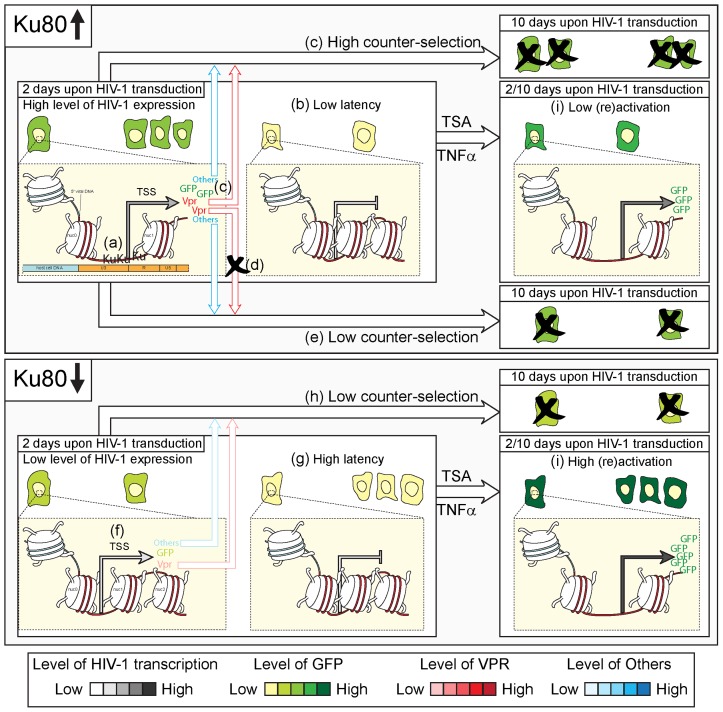Figure 7. Hypothetical role of Ku on HIV-1 expression and latency at early- and mid-time upon transduction.
When expressed at a normal level (as in Ku80-proficient cells), Ku stimulates the early expression of human immunodeficiency virus type 1 (HIV-1) by a direct binding to long terminal repeat (LTR) (a), a condition that is accompanied by a low level of viral latency (b) and that in turn leads to a high counter-selection of transduced cells over time for the expression of toxic viral proteins including Vpr (c). In line with this, the absence of Vpr (as by transducing the HIV-1 vector XCD3 vpr-) (d) decreases the level of cell death and/or counter-selection over time (e). On the contrary, a low level of Ku (as in Ku80+/− cells or in WT cells transfected with Ku-depleting siRNAs) negatively affects the expression of HIV-1 (f), increases the proportion of cells with latent viruses (g) and reduces the counter-selection phenomenon (h). Accordingly, the reactivation of HIV-1 upon trichostatin A (TSA)- or Tumor Necrosis Factor α (TNFα)-treatment at 2 or 10 days after transduction is more efficient in Ku80+/− cells that in their WT counterparts (i). Hence, we suggest that the depletion of Ku may favor the appearance/maintenance of cells harboring integrated proviruses in a latent and readily (re-)activatable state starting from the early phases from HIV-1 transduction.

